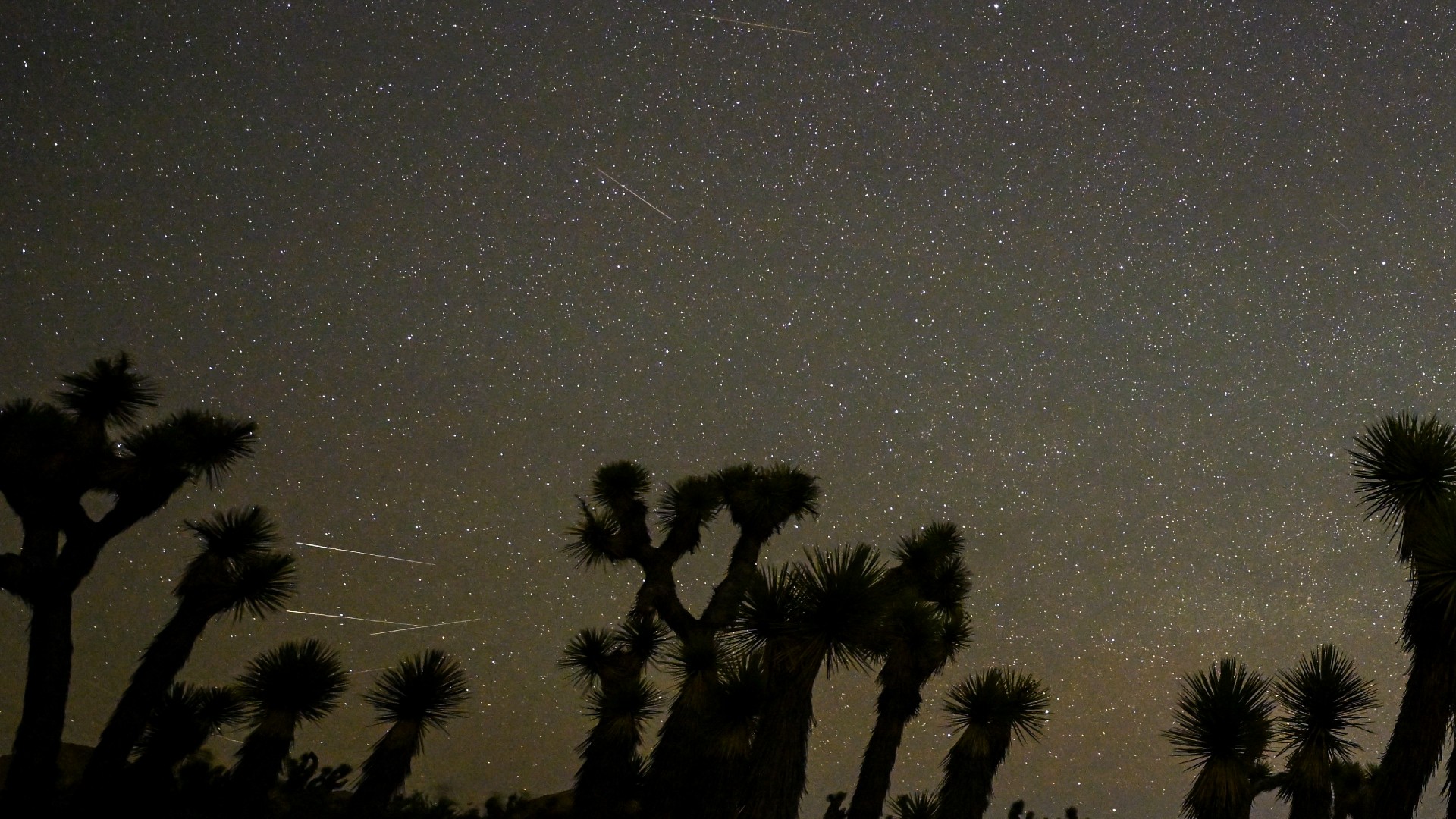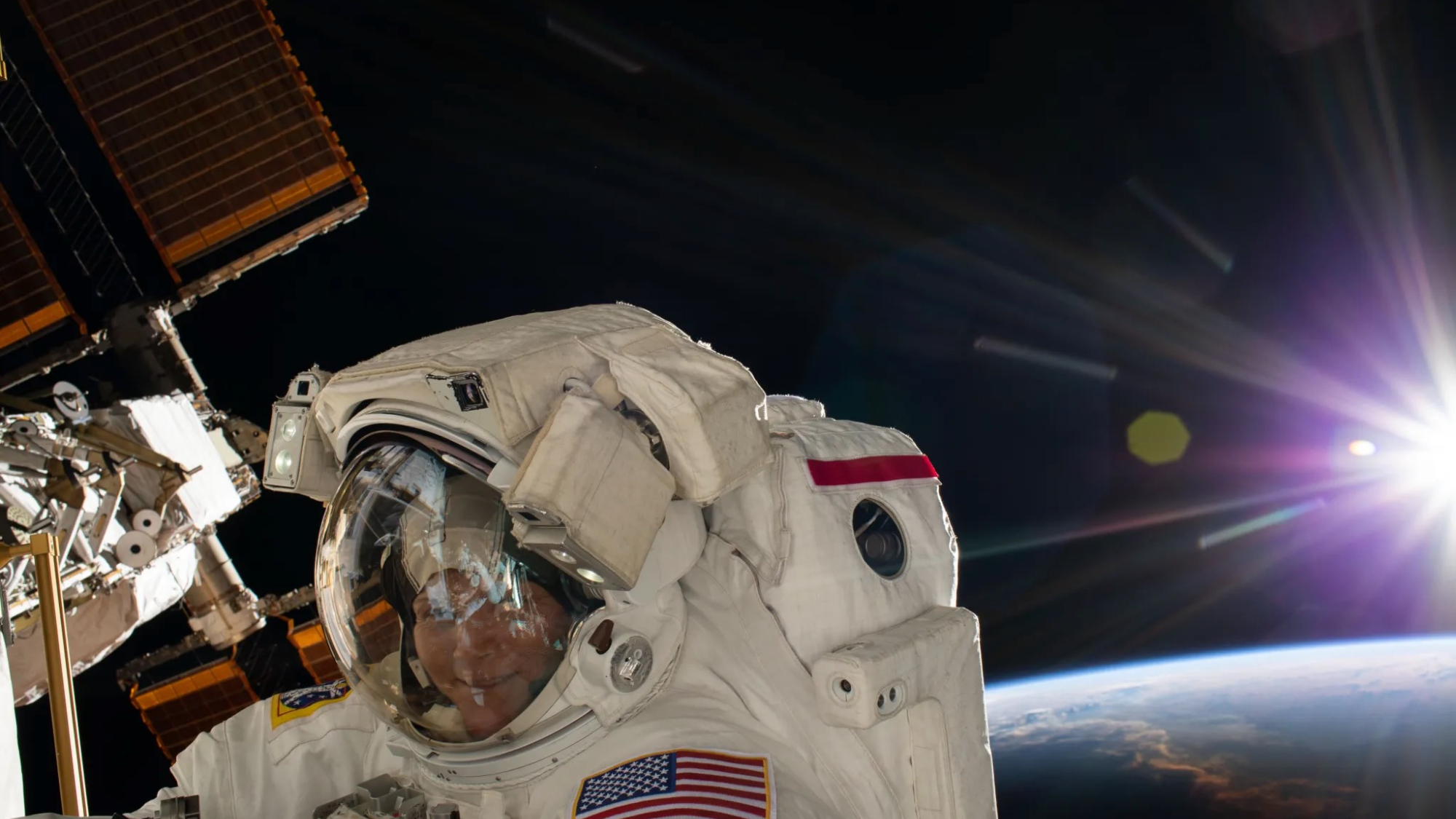New Kepler Mission Cranking Out Exoplanet Finds

The Kepler planet-hunting spacecraft is "working really well" despite changing its techniques due to mechanical problems, the lead author of a new study says.
Under a new mission called "K2", Kepler has found 234 planetary candidates in the first year of searching. That is beyond the expectations of the community, since Kepler cannot point as precisely as it used to due to a reaction wheel (stabilization) problem.
NEWS: Kepler Returns! Exoplanet Mission Makes New Discoveries
"The main reason we wrote this paper is that there are way too many planets for us to look at by ourselves," Harvard University's Andrew Vanderburg wrote Discovery News in an e-mail. "We need help from other astronomers to learn all we can about these exciting new planets. So we hope that our paper serves as an invitation to others to start taking a look."

Until 2013, Kepler stayed pointed at a spot in the Cygnus constellation, looking for planets passing in front of its stars. That mission appeared to end for good, however, when two of the four reaction wheels on Kepler failed, likely due to age.
NEWS: Three 'Super-Earths' Spotted Around Nearby Star
![A powerful new technique for hunting alien planets yields a major new crop of new worlds. [See how Kepler made the planet discoveries in this Space.com infographic]](https://cdn.mos.cms.futurecdn.net/usuyLzWSuTvRamQKguY9DN.jpg)
The spacecraft needs a minimum of three reaction wheels to stabilize its position in space. NASA, however, proposed an alternate mission called K2. Simply speaking, Kepler now uses the pressure of the sun to stay stable, but it has to swing its view from time to time to make sure the sun stays out of its viewfinder.
Get the Space.com Newsletter
Breaking space news, the latest updates on rocket launches, skywatching events and more!
"It turns out that the new method is working almost exactly as well for bright stars as Kepler worked before its malfunction," Vanderburg wrote. "This is not something anyone expected back in 2013 after the mechanical failure. Even the most optimistic estimates of K2's performance were not that hopeful."
While Kepler isn't finding as many planets today, Vanderburg points out the spacecraft also isn’t looking at as many stars. But the stars it is looking at under the new mission tend to be brighter (easier to spot) than the old mission. Bright stars are easier to perform follow-up observations, so this gives an advantage for confirming if the planets spotted are indeed real.
NEWS: Kepler Has Discovered 1,000 Alien Worlds
Among those follow-ups that Vanderburg looked at is the WASP-47 system, which has two gas giant planets orbiting very close to their parent star. The unprecedented "hot Jupiter" find could help astronomers figure out how big planets can live so close to their parent stars, because that’s definitely not the case in our own solar system. Another example is WD 1145+017, a white dwarf that may have a planet falling apart nearby due to the star’s gravity.
"There are other stars with planets in here that we're observing as well, and hope to study and learn more about in the future," Vanderburg added. "Some particularly exciting research we would like to do is learn about the masses and radii of these planets. This allows us to know what the planets are made of — are they rocky like the Earth, or are they gaseous like Neptune and Jupiter? For some particularly special planets, we might be able to learn about their atmospheres, to find out what gases are present."
The new study is accepted in the Astrophysical Journal Supplement Series and is available inpreprint version on Arxiv.
ANALYSIS: Kepler's 'Bizarre' Signal Sparks Alien Intelligence Speculation
The new study is accepted in the Astrophysical Journal Supplement Series and is available in preprint version on Arxiv.
Originally published on Discovery News.
Join our Space Forums to keep talking space on the latest missions, night sky and more! And if you have a news tip, correction or comment, let us know at: community@space.com.

Elizabeth Howell (she/her), Ph.D., was a staff writer in the spaceflight channel between 2022 and 2024 specializing in Canadian space news. She was contributing writer for Space.com for 10 years from 2012 to 2024. Elizabeth's reporting includes multiple exclusives with the White House, leading world coverage about a lost-and-found space tomato on the International Space Station, witnessing five human spaceflight launches on two continents, flying parabolic, working inside a spacesuit, and participating in a simulated Mars mission. Her latest book, "Why Am I Taller?" (ECW Press, 2022) is co-written with astronaut Dave Williams.









